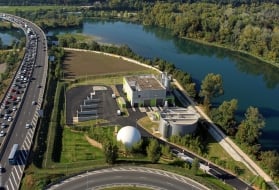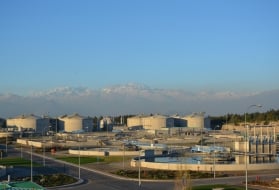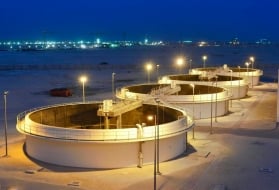wastewater typology
Reading time:Control over wastewater treatment (choice of treatment systems, dimensioning, modelling, operation), means that an accurate knowledge of the product to be treated is required: wastewater.
Raw water properties (concentration, suspended solids/ BOD ratio,%VM…) vary very widely depending on the origin of the water (type of sewerage system, climate, dietary culture…).For instance, the suspended solids/ BOD ratio varies from a figure of less than 1 in Latin America to 2 certain wastewater in India, for an average of 1.2 in France.
Furthermore, we cannot use these global parameters (BOD, COD, suspended solids…) alone to describe pollution. We also need to know as comprehensively as possible the physical condition and biodegradability of each of the major pollution categories.For example, in the case of suspended solids: what is their organic and mineral fraction and, of this fraction, what percentage of matter is easily biodegradable, slowly biodegradable, or even inert?
This can be achieved either using measurement campaigns in conjunction with tests used to provide a better understanding of each of the major raw water parameters or, failing that, through comparison with "standard" typologies.
principles
The aim is to break down each major pollution category as follows:
- its physical state by identifying the fractions that will settle (coarse suspended solids), coagulate (colloidal), that are soluble;
- its biodegradability by identifying the fractions that are easily (quickly) biodegradable, biodegradable with difficulty (slowly) or inert (non-biodegradable).
For instance, we understand that the efficiency of a primary sedimentation stage will depend directly on the size of the fractions that will settle, that the efficiency of a physical-chemical treatment will depend on the fractions that will settle and coagulate; and we shall see in the section suspended growth (activated sludge) process that denitrification of biological phosphorus removal will in turn depend on fractions that can be easily assimilated…
By operating in this manner, we obtain the breakdowns illustrated by the three figures given below: figure 5 (COD), figure 6 (TKN), figure 7 (P).

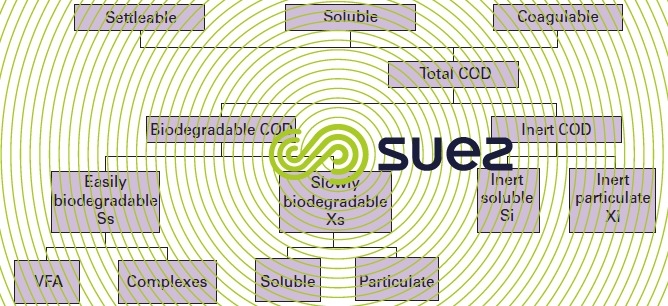


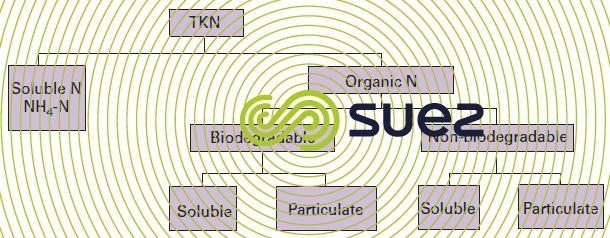




standard tests and typologies
Many tests have been put forward to measure these fractions; however, they are complicated and often difficult to carry out in the field.
The Cirsee and SUEZ have, therefore, developed a series of simple tests (that can be carried out away from the laboratory) and that can be used to evaluate these different fractions (table 3):



Note: The soluble defined using this approach it is similar to that obtained following a 0.1µm filtration (from whose total we subtract the fractions which can be settled and coagulated). It may be noticeably different from the soluble defined by a 0.45 µm filtration.
Thanks to a number of determinations carried out on various effluents, we have been able to establish:
- the link between these fractions;
- "standard" typical urban effluent typologies to cover cases where no on-site measurements are feasible. This default fractionation needs constant checking of the correlation between the estimate and the data available.
This step is all the more important because the typology will have an impact that is not negligible on a plant’s sizing, particularly on primary sedimentation effectiveness, on the capacity of the tanks required, on production and on sludge quality.
Bookmark tool
Click on the bookmark tool, highlight the last read paragraph to continue your reading later













